Home>Home Appliances>Laundry Appliances>How To Clean And Deodorize A Washing Machine
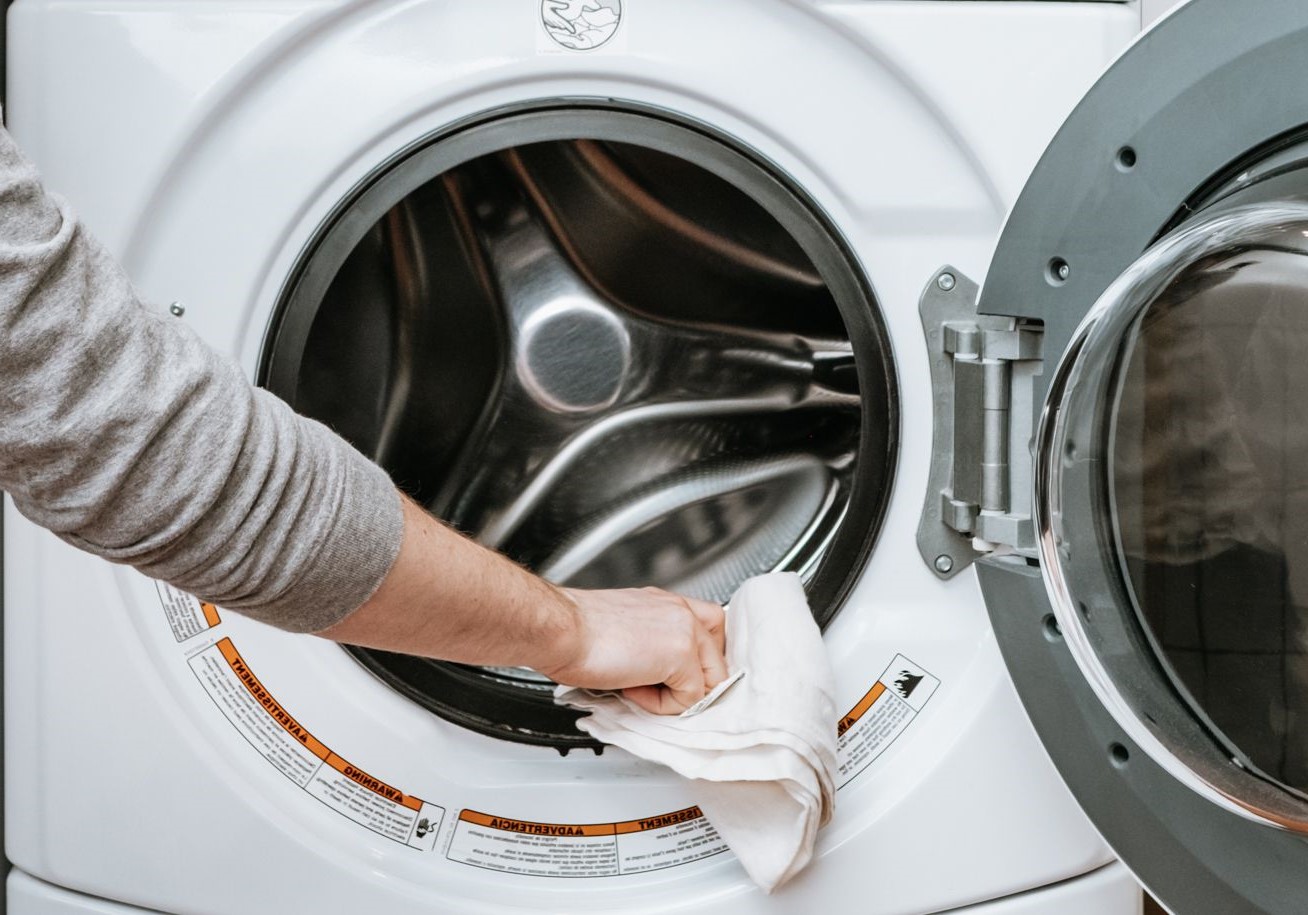

Laundry Appliances
How To Clean And Deodorize A Washing Machine
Modified: March 2, 2024
Learn how to effectively clean and deodorize your laundry appliances with our expert tips. Keep your washing machine fresh and odor-free for better laundry results.
(Many of the links in this article redirect to a specific reviewed product. Your purchase of these products through affiliate links helps to generate commission for Storables.com, at no extra cost. Learn more)
Introduction
Maintaining a clean and fresh-smelling washing machine is essential for ensuring that your laundry comes out pristine and odor-free. Over time, washing machines can accumulate dirt, grime, and unpleasant odors, which can transfer onto your clothes during the wash cycle. To prevent this from happening, regular cleaning and deodorizing of your washing machine are crucial.
A clean washing machine not only enhances the cleanliness of your laundry but also prolongs the lifespan of the appliance. By removing built-up residue and eliminating odors, you can prevent potential issues such as mold and mildew growth, which can affect the performance of your machine and lead to costly repairs.
In this comprehensive guide, we will delve into the step-by-step process of cleaning and deodorizing your washing machine, providing you with the knowledge and tools necessary to maintain a hygienic and efficient appliance. From understanding the importance of this maintenance task to identifying the materials needed and implementing effective cleaning techniques, we will cover everything you need to know to keep your washing machine in top condition.
By following these guidelines, you can ensure that your washing machine operates at its best, delivering clean, fresh-smelling laundry with every cycle. Let's embark on this journey to discover the secrets of a sparkling clean and odor-free washing machine, elevating the quality of your laundry and the longevity of your appliance.
Key Takeaways:
- Regularly cleaning and deodorizing your washing machine with white vinegar and baking soda helps remove residue and odors, ensuring clean and fresh-smelling laundry while preventing potential health risks and mechanical issues.
- To maintain a clean and fresh-smelling washing machine, establish a regular cleaning schedule, leave the door ajar for air circulation, use high-efficiency detergent, and follow maintenance tips such as cleaning the seal and gasket, emptying the drain pump filter, and running a maintenance wash with hot water and white vinegar.
Read more: How To Clean And Deodorize A Carpet
Why It's Important to Clean and Deodorize Your Washing Machine
A washing machine is a workhorse in the household, tirelessly churning through loads of laundry to keep our clothes clean and fresh. However, amidst its dedicated service, the machine itself often becomes a breeding ground for dirt, grime, and unpleasant odors. This accumulation not only compromises the cleanliness of our laundry but also poses potential health risks and impacts the longevity of the appliance.
Regular cleaning and deodorizing of your washing machine are imperative to maintain its optimal performance and ensure the hygiene of your clothes. Over time, residual detergent, fabric softener, and dirt can build up in the drum, agitator, and other internal components of the machine. This buildup not only harbors bacteria and mold but also leads to musty odors that can transfer onto your freshly washed laundry.
Moreover, the presence of mold and mildew in a neglected washing machine can trigger allergies and respiratory issues, posing a health hazard to you and your family. By cleaning and deodorizing your washing machine, you can eliminate these potential health risks and create a safe and hygienic environment for your laundry.
Furthermore, a clean and well-maintained washing machine operates more efficiently, leading to better cleaning results and prolonging the lifespan of the appliance. By removing built-up residue and odors, you can prevent potential mechanical issues and costly repairs, ultimately saving you time and money in the long run.
In essence, the importance of cleaning and deodorizing your washing machine cannot be overstated. It not only safeguards the cleanliness and hygiene of your laundry but also contributes to a healthier living environment and the longevity of your appliance. By incorporating regular maintenance into your laundry routine, you can enjoy fresh-smelling, clean laundry while extending the lifespan of your trusty washing machine.
Materials Needed
To embark on the journey of cleaning and deodorizing your washing machine, you'll need a few essential materials to ensure a thorough and effective process. These items are readily available and will equip you to tackle the task with confidence and precision.
White Vinegar
White vinegar is a versatile and powerful natural cleaner that is highly effective in removing mineral deposits, soap scum, and odors from the interior of the washing machine. Its acidic properties make it an excellent agent for breaking down stubborn residues and eliminating musty odors, leaving your machine fresh and clean.
Baking Soda
Baking soda, also known as sodium bicarbonate, is renowned for its deodorizing and abrasive properties, making it an ideal ingredient for cleaning and freshening the washing machine. It helps to neutralize odors, remove stains, and gently scour away grime, contributing to a thorough cleaning process.
Read more: How To Clean And Deodorize A Mattress
Microfiber Cloth
A soft microfiber cloth is a gentle yet effective tool for wiping down the exterior of the washing machine, removing dust, dirt, and smudges. Its non-abrasive nature ensures that the surface of the appliance remains unharmed while achieving a polished and clean appearance.
Toothbrush or Soft Bristle Brush
A toothbrush or soft bristle brush is invaluable for reaching tight spaces and crevices within the washing machine, such as around the door seal, detergent dispenser, and other intricate areas. This allows for meticulous cleaning and ensures that no residue is left behind.
Hot Water
Hot water serves as a catalyst for dissolving and rinsing away dirt, grime, and cleaning agents during the washing machine maintenance process. It aids in loosening buildup and enhancing the effectiveness of the cleaning materials, resulting in a more thorough and hygienic outcome.
Essential Oils (Optional)
For those desiring a fragrant touch, essential oils such as lavender, lemon, or tea tree oil can be added to the cleaning solution to impart a delightful and natural scent to the washing machine. This optional addition elevates the deodorizing process, leaving a subtle, refreshing aroma after the cleaning is complete.
By gathering these essential materials, you will be well-prepared to embark on the journey of cleaning and deodorizing your washing machine, ensuring a comprehensive and effective maintenance process that will leave your appliance sparkling clean and fresh-smelling.
Read more: How To Clean A Whirlpool Washer
Step 1: Cleaning the Drum and Agitator
Cleaning the drum and agitator of your washing machine is a fundamental step in maintaining a hygienic and efficient appliance. Over time, these components can accumulate residue from detergent, fabric softener, and dirt, leading to the formation of stubborn buildup and unpleasant odors. By implementing a thorough cleaning process, you can effectively remove these deposits and restore the cleanliness of the interior of your washing machine.
To commence the cleaning process, start by preparing a cleaning solution using white vinegar and baking soda. These natural and powerful cleaning agents work synergistically to dissolve mineral deposits, eliminate odors, and scour away grime, ensuring a comprehensive cleaning outcome. Begin by pouring two cups of white vinegar into the detergent dispenser or directly into the drum of the washing machine. The acidic nature of the vinegar facilitates the breakdown of mineral deposits and soap scum, effectively cleansing the interior surfaces.
Following the addition of white vinegar, sprinkle one cup of baking soda directly into the drum. Baking soda's abrasive properties and deodorizing capabilities make it an ideal agent for targeting stubborn residues and neutralizing odors. As the vinegar and baking soda combine, a gentle foaming action occurs, signifying the activation of the cleaning process.
Once the cleaning solution is in place, set the washing machine to a hot water cycle. The heat of the water serves as a catalyst for dissolving and rinsing away the accumulated residues, enhancing the effectiveness of the cleaning agents. Allow the washing machine to run through a complete cycle, ensuring that the cleaning solution reaches all areas of the drum and agitator.
As the hot water cycle concludes, use a microfiber cloth dampened with the remaining cleaning solution to wipe down the interior surfaces of the washing machine. Pay particular attention to the drum and agitator, ensuring that any remaining residue or buildup is gently scrubbed away. For intricate areas and tight spaces, utilize a toothbrush or soft bristle brush to meticulously clean hard-to-reach spots, such as around the agitator fins and along the drum's interior.
By following these meticulous steps, you can effectively clean the drum and agitator of your washing machine, removing accumulated residues and odors to restore a hygienic and fresh interior. This comprehensive cleaning process sets the foundation for a well-maintained and efficient appliance, ensuring that your laundry emerges clean and odor-free with every wash cycle.
Step 2: Cleaning the Dispenser and Filters
Cleaning the dispenser and filters of your washing machine is a crucial step in ensuring a thorough and hygienic maintenance process. The detergent dispenser and filters are integral components that can accumulate residue, mold, and mildew over time, potentially compromising the cleanliness and efficiency of the appliance. By addressing these areas with precision and care, you can effectively remove buildup and maintain a pristine interior, contributing to the overall performance of your washing machine.
To initiate the cleaning process, begin by inspecting the detergent dispenser for any visible residue or mold growth. Remove the dispenser drawer from the washing machine and disassemble it into individual components, including the main compartment and any removable trays or attachments. Thoroughly rinse each component under running water to remove any lingering detergent or fabric softener residue, ensuring that all surfaces are clean and free from buildup.
Next, prepare a cleaning solution using a mixture of hot water and mild dish soap. Submerge the dispenser components in the soapy water, allowing them to soak for approximately 15-20 minutes. This soaking period facilitates the loosening of stubborn residues and aids in the removal of any lingering odors or mold growth within the dispenser.
After the soaking period, utilize a soft-bristled brush or toothbrush to gently scrub the dispenser components, paying close attention to crevices and hard-to-reach areas. Thoroughly rinse the components under running water to ensure that all traces of soap and residue are effectively removed, leaving the dispenser clean and refreshed.
In addition to cleaning the dispenser, it is essential to address the filters within the washing machine. Filters, such as the lint filter and drain pump filter, play a vital role in trapping debris and preventing it from recirculating during the wash cycle. Begin by locating the filters within your washing machine, referring to the appliance's manual for specific guidance if needed.
Once the filters are accessible, carefully remove them from their housing and inspect them for any accumulated debris or blockages. Use a soft brush or cloth to gently clean the filters, removing any lint, fabric fibers, or foreign objects that may have accumulated. Ensure that the filters are thoroughly cleaned and free from obstructions before reinserting them into their respective positions within the washing machine.
By meticulously cleaning the dispenser and filters of your washing machine, you can effectively remove residue, mold, and debris, ensuring a hygienic and efficient appliance. This comprehensive maintenance process contributes to the overall cleanliness and performance of your washing machine, setting the stage for fresh-smelling and pristine laundry with every wash cycle.
Step 3: Deodorizing the Washing Machine
Deodorizing your washing machine is the final touch in the comprehensive maintenance process, ensuring that the appliance emanates a fresh and clean scent with every laundry cycle. Over time, washing machines can develop musty odors due to the accumulation of residual detergent, fabric softener, and dirt. These odors can transfer onto your clothes, compromising their freshness and cleanliness. By implementing a targeted deodorizing process, you can effectively neutralize odors and infuse your washing machine with a delightful, fresh scent.
To commence the deodorizing process, prepare a natural and aromatic solution using hot water and white vinegar. White vinegar, renowned for its deodorizing properties, serves as a potent agent for neutralizing musty odors and imparting a clean fragrance to the interior of the washing machine. Begin by filling a container with hot water, ensuring that it is of a temperature suitable for handling. Subsequently, add one to two cups of white vinegar to the hot water, creating a solution that is ready to infuse the washing machine with a refreshing scent.
Once the deodorizing solution is prepared, pour it into the detergent dispenser or directly into the drum of the washing machine. Ensure that the solution is evenly distributed throughout the interior, allowing it to reach all areas where odors may linger. Following the addition of the deodorizing solution, allow the washing machine to sit idle for approximately 30 minutes to one hour. This resting period enables the deodorizing solution to permeate the interior of the appliance, effectively neutralizing odors and leaving behind a clean, fresh scent.
After the designated resting period, set the washing machine to a hot water cycle. The heat of the water serves to activate the deodorizing solution, allowing it to thoroughly cleanse and refresh the interior surfaces of the appliance. As the hot water cycle progresses, the aromatic properties of the white vinegar infuse the washing machine, effectively neutralizing musty odors and leaving behind a subtle, clean fragrance.
Upon completion of the hot water cycle, open the door of the washing machine and allow the interior to air dry. This airing process enables any remaining odors to dissipate, leaving the appliance with a fresh and clean scent. Additionally, the gentle aroma of the white vinegar serves as a natural and pleasant fragrance, ensuring that your laundry emerges with a subtle, refreshing scent after each wash cycle.
By following these meticulous steps, you can effectively deodorize your washing machine, neutralizing musty odors and infusing the appliance with a delightful, fresh scent. This targeted deodorizing process complements the comprehensive cleaning and maintenance of the washing machine, ensuring that your laundry emerges clean, fresh, and free from lingering odors.
Maintenance Tips for a Clean and Fresh-Smelling Washing Machine
Maintaining a clean and fresh-smelling washing machine is an ongoing endeavor that ensures the optimal performance and longevity of the appliance. By incorporating regular maintenance into your laundry routine, you can uphold the cleanliness and hygiene of your washing machine, ultimately contributing to the pristine condition of your laundry. Here are essential maintenance tips to uphold a clean and fresh-smelling washing machine:
-
Regular Cleaning Schedule: Establish a consistent cleaning schedule for your washing machine to prevent the accumulation of dirt, grime, and odors. Aim to clean the appliance at least once a month, or more frequently if you notice persistent odors or visible residue.
-
Leave the Door Ajar: After completing a laundry cycle, leave the door of the washing machine slightly ajar to allow air circulation and prevent the formation of musty odors. This practice facilitates the drying of the interior surfaces, reducing the likelihood of mold and mildew growth.
-
Use High-Efficiency Detergent: Opt for high-efficiency (HE) detergent specifically formulated for modern washing machines. These detergents are designed to minimize residue buildup and suds, contributing to a cleaner and fresher appliance.
-
Clean the Seal and Gasket: Regularly inspect and clean the door seal and gasket of the washing machine to remove any trapped debris or moisture. Wipe these areas with a damp cloth to prevent the accumulation of mold and mildew.
-
Empty the Drain Pump Filter: Periodically check and empty the drain pump filter to remove any lint, fabric fibers, or foreign objects that may impede drainage. A clean filter ensures efficient water drainage and prevents potential odors caused by trapped debris.
-
Air Dry the Dispenser Drawer: After each use, remove the detergent dispenser drawer and allow it to air dry to prevent the buildup of moisture and residue. This practice helps maintain a clean and odor-free dispenser.
-
Inspect and Clean the Hoses: Regularly inspect the inlet and outlet hoses of the washing machine for any signs of blockages or leaks. Clean the hoses and ensure proper connections to prevent water accumulation and potential odors.
-
Run a Maintenance Wash: Periodically run a maintenance wash using hot water and white vinegar to cleanse and deodorize the interior of the washing machine. This process helps remove residual odors and buildup, maintaining a fresh-smelling appliance.
By implementing these maintenance tips, you can uphold a clean and fresh-smelling washing machine, ensuring that your laundry emerges pristine and free from lingering odors. Incorporating these practices into your laundry routine contributes to the longevity and optimal performance of your trusty appliance, elevating the quality of your laundry experience.
Frequently Asked Questions about How To Clean And Deodorize A Washing Machine
Was this page helpful?
At Storables.com, we guarantee accurate and reliable information. Our content, validated by Expert Board Contributors, is crafted following stringent Editorial Policies. We're committed to providing you with well-researched, expert-backed insights for all your informational needs.

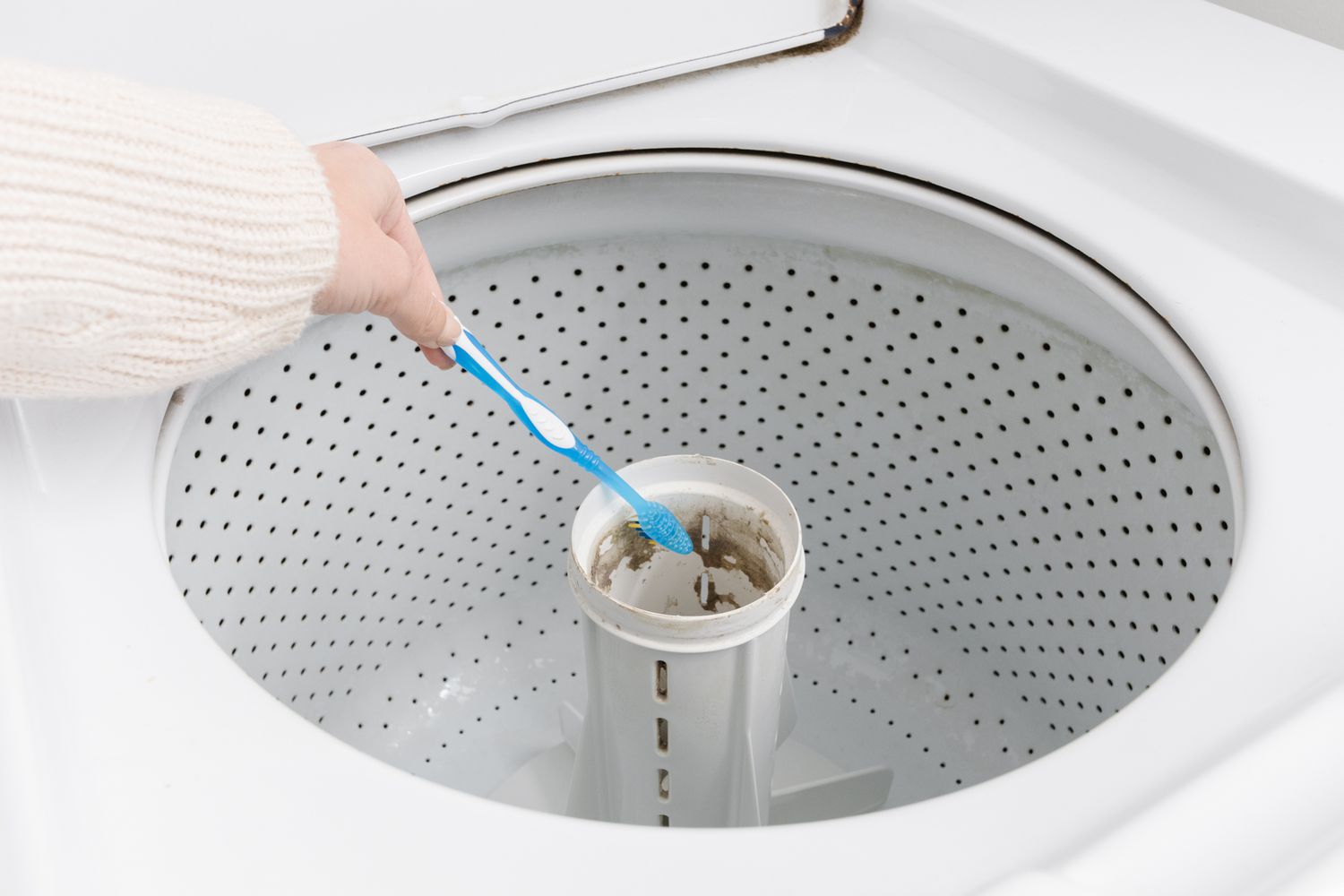
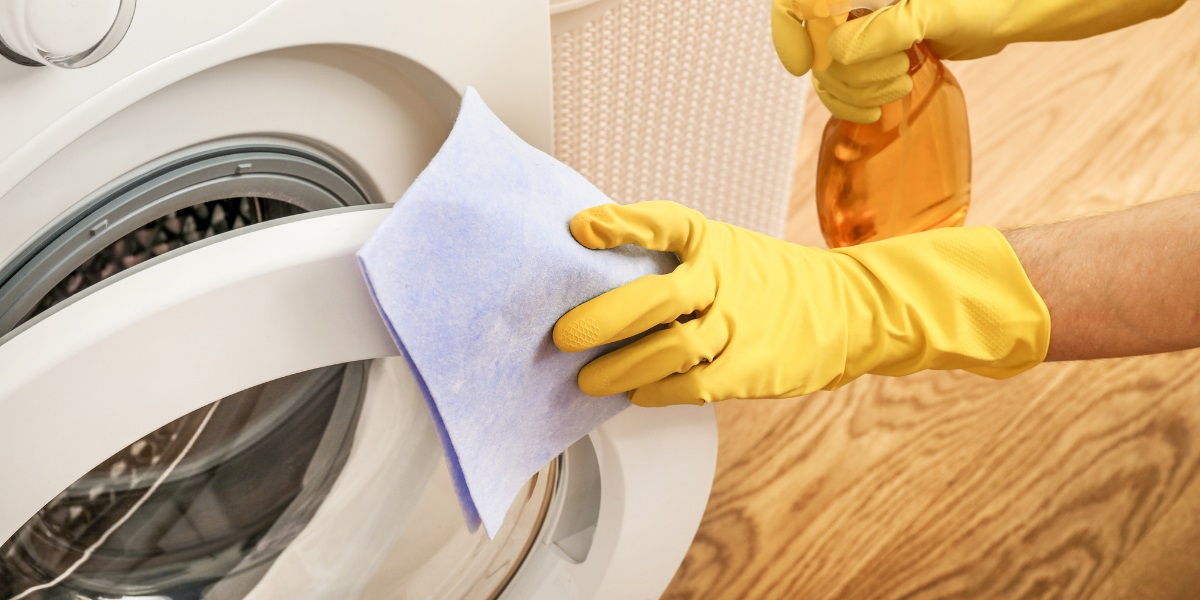
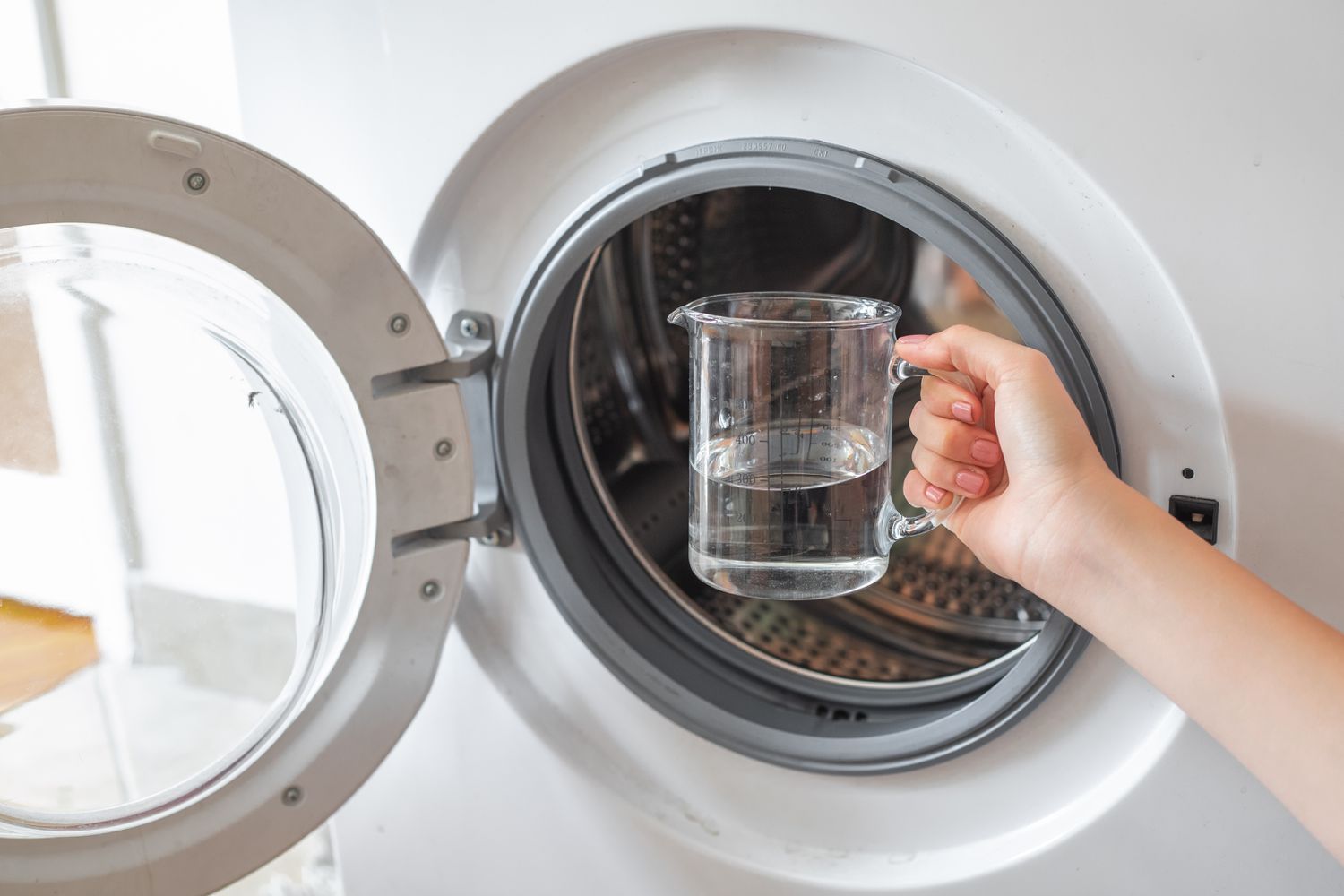
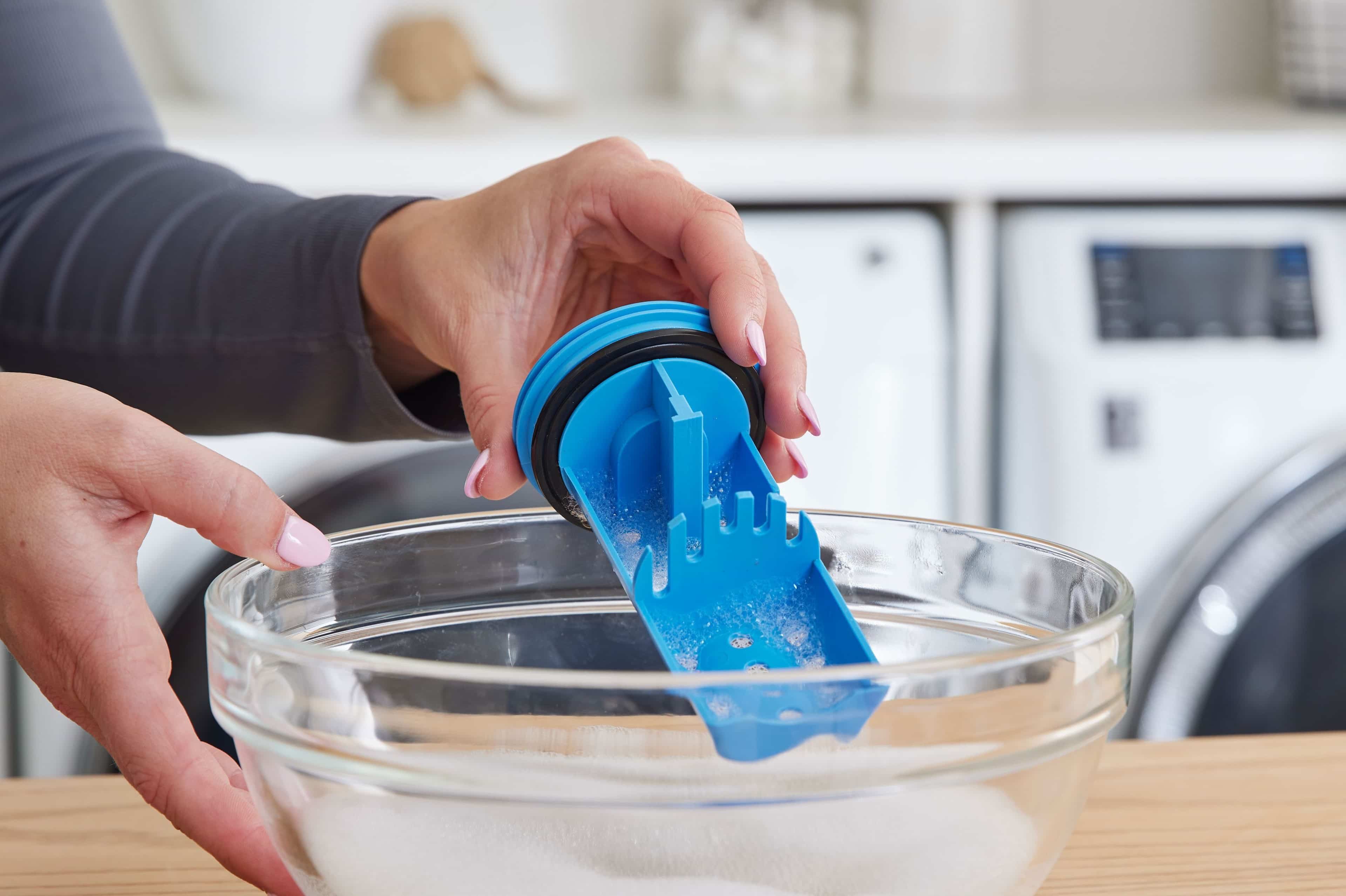
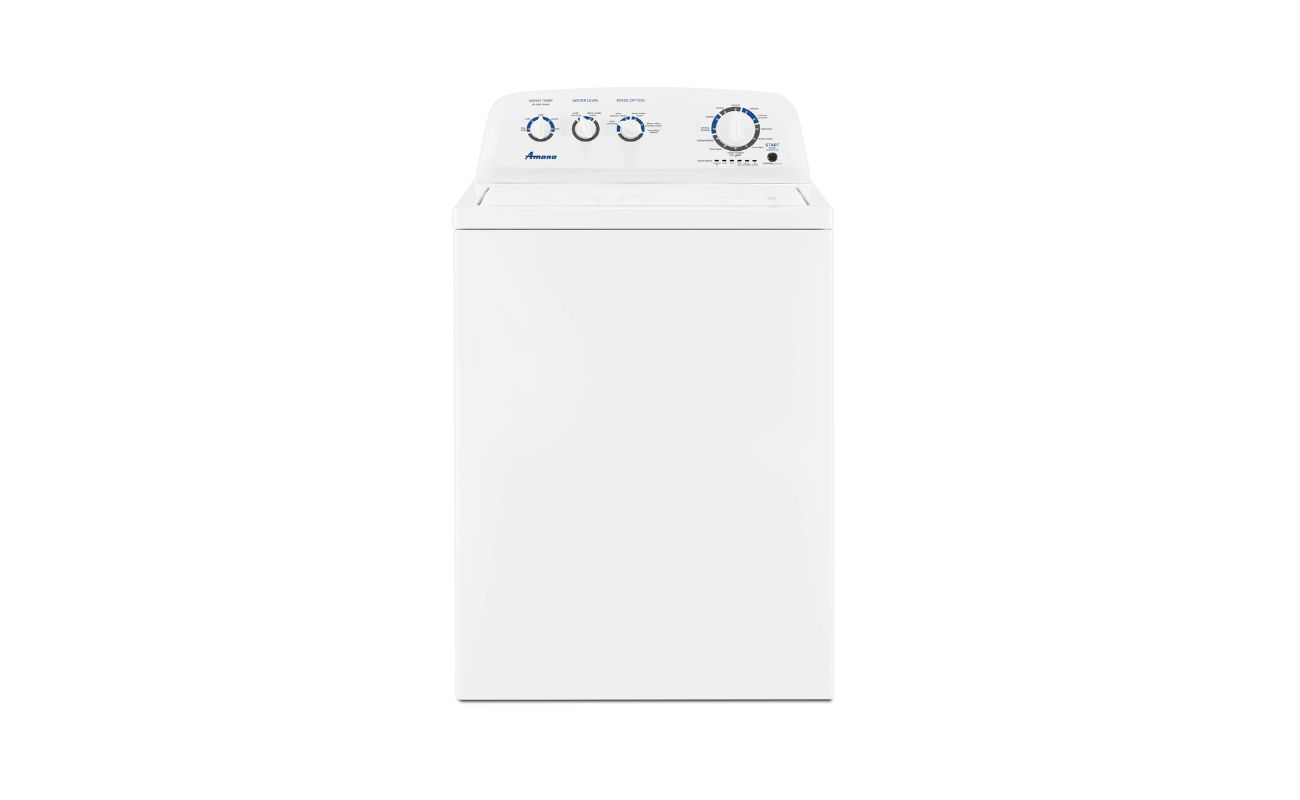
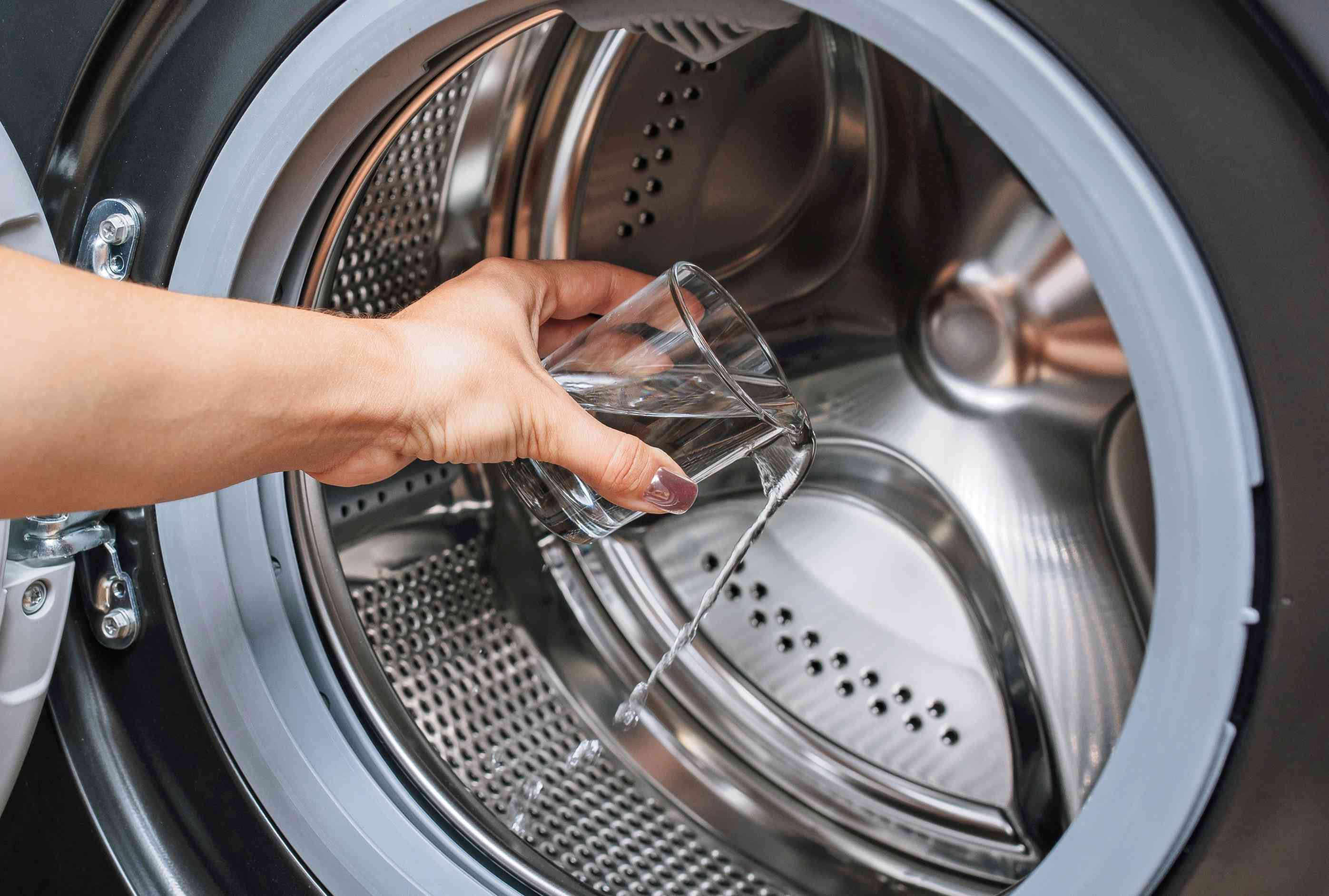
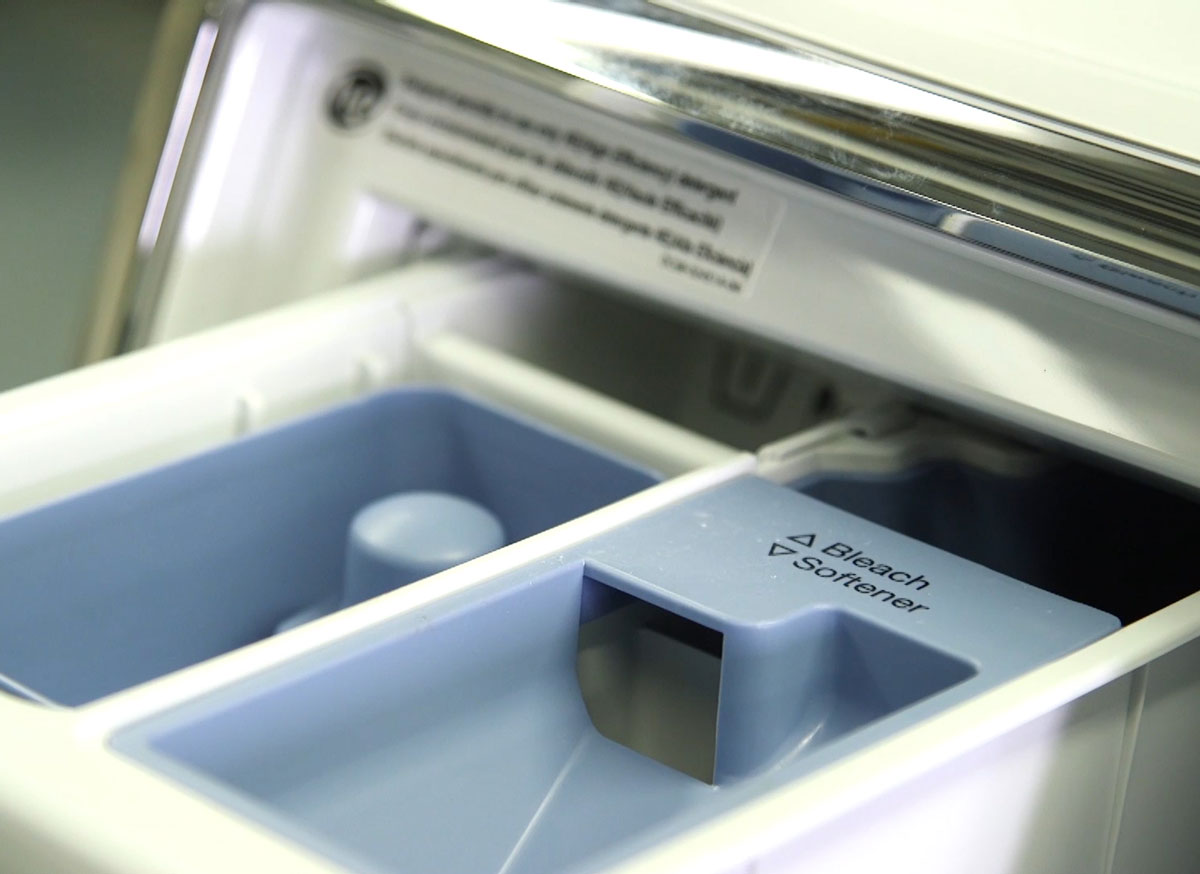
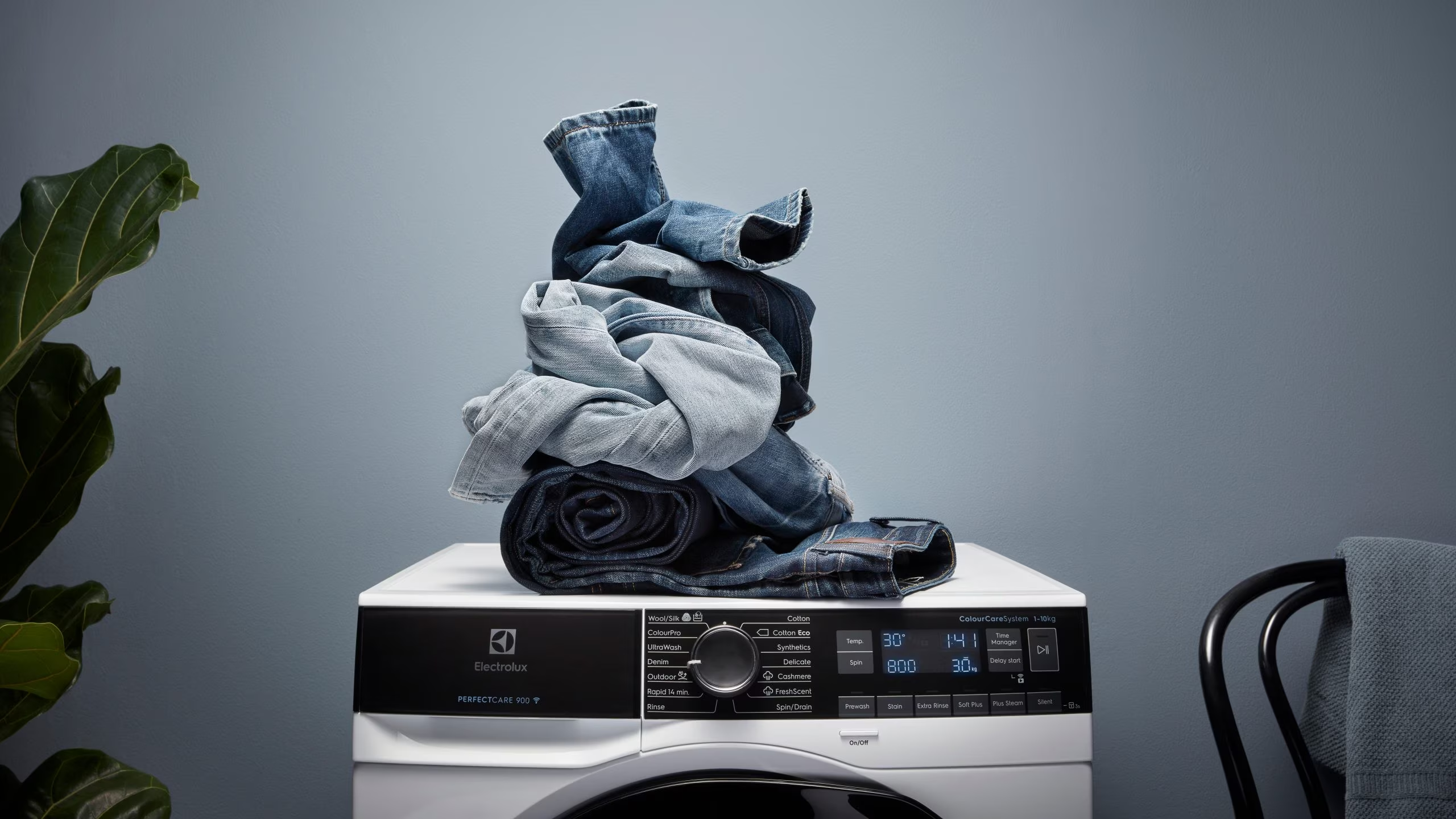
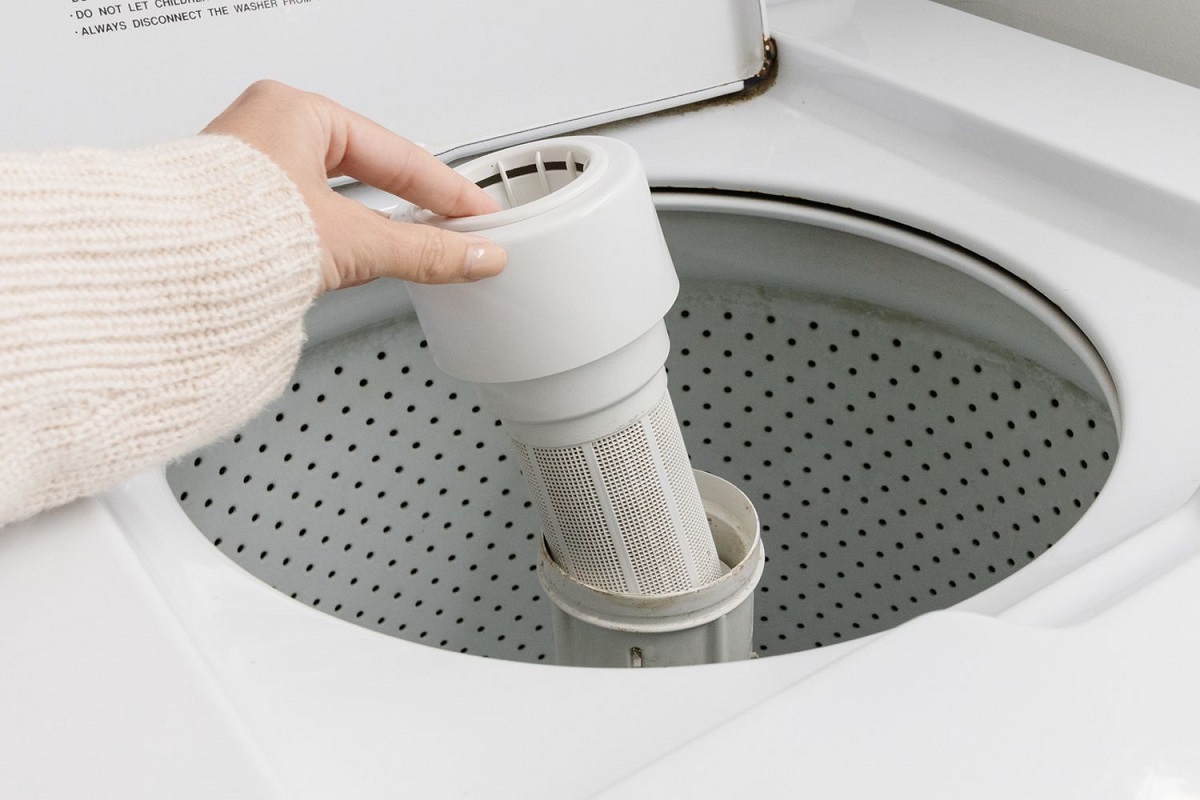
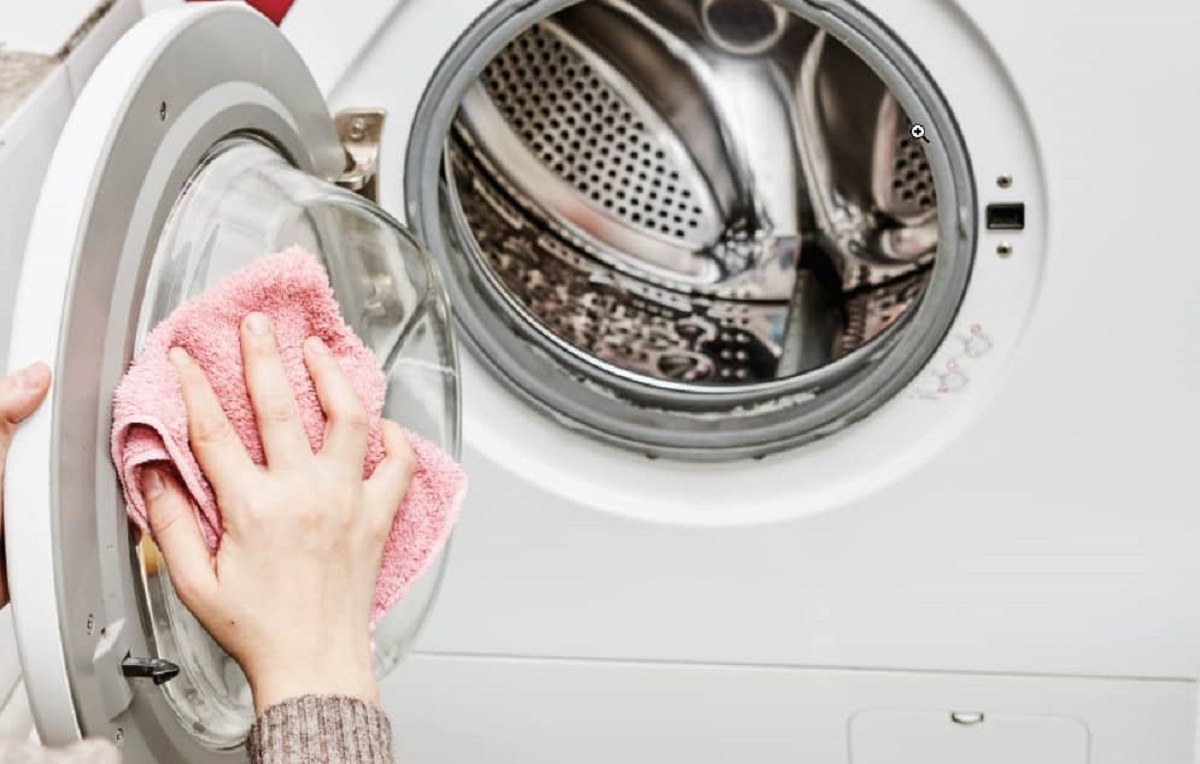
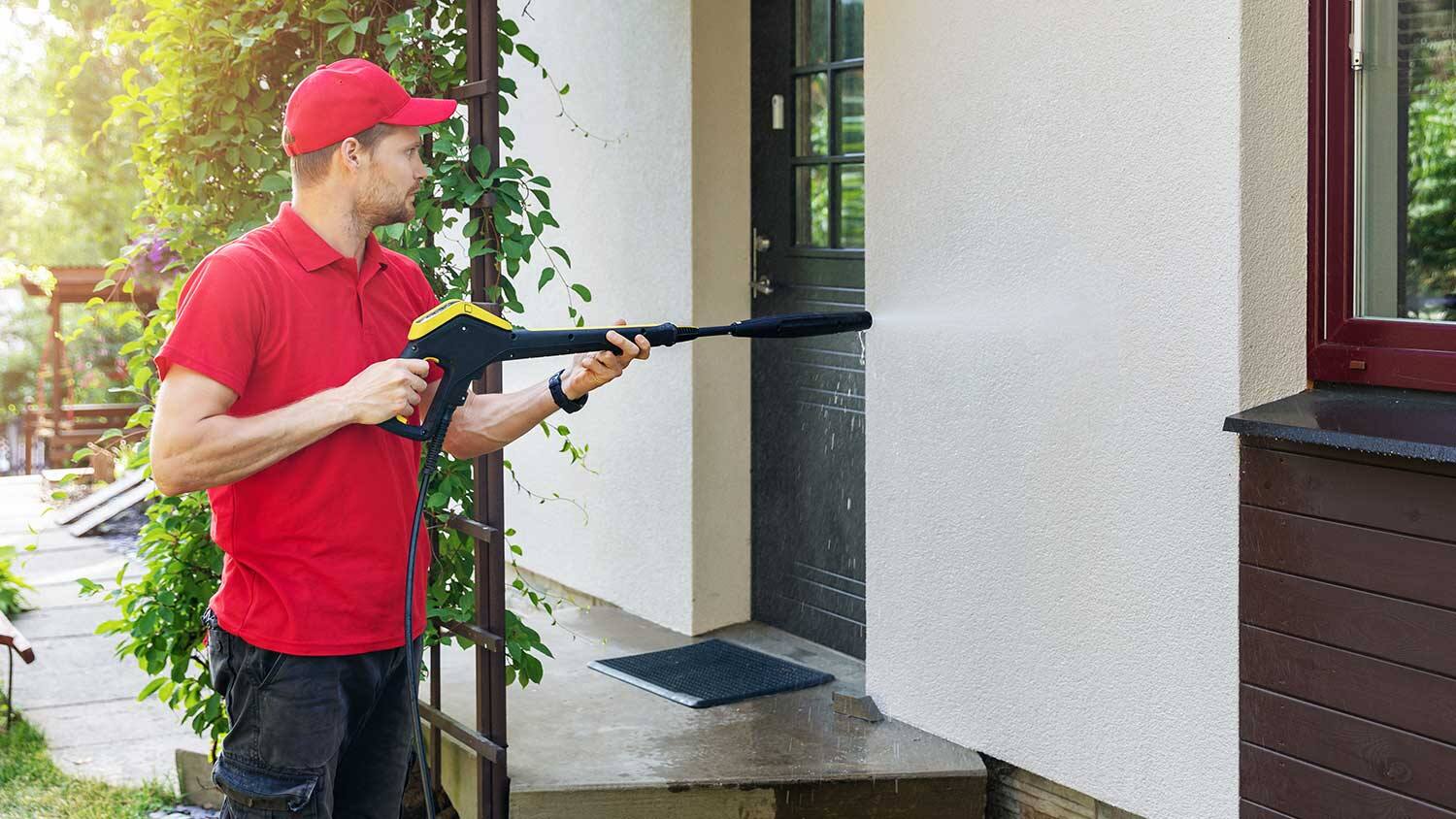
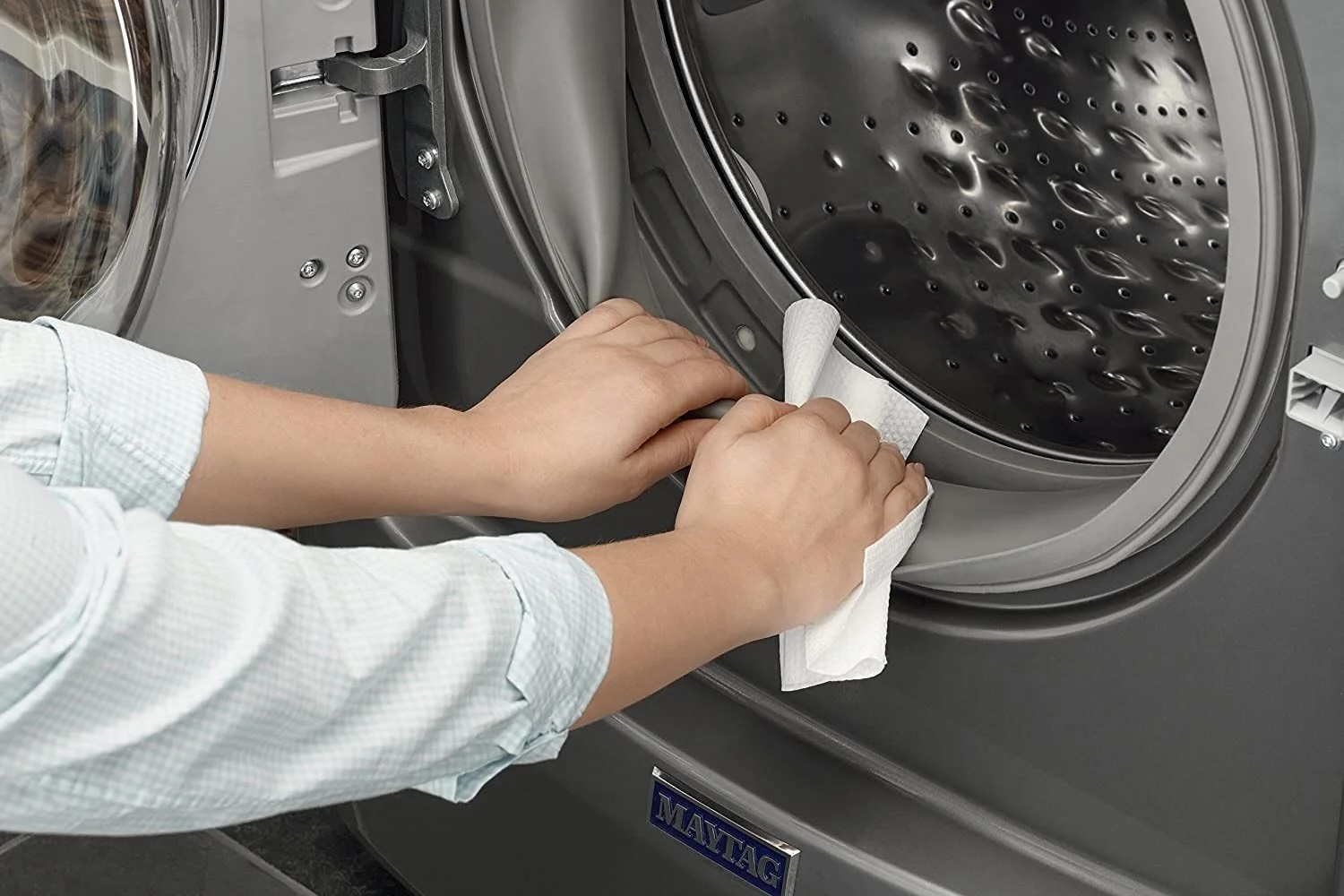

0 thoughts on “How To Clean And Deodorize A Washing Machine”